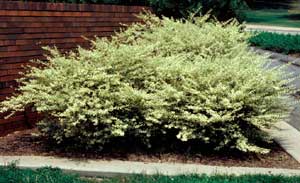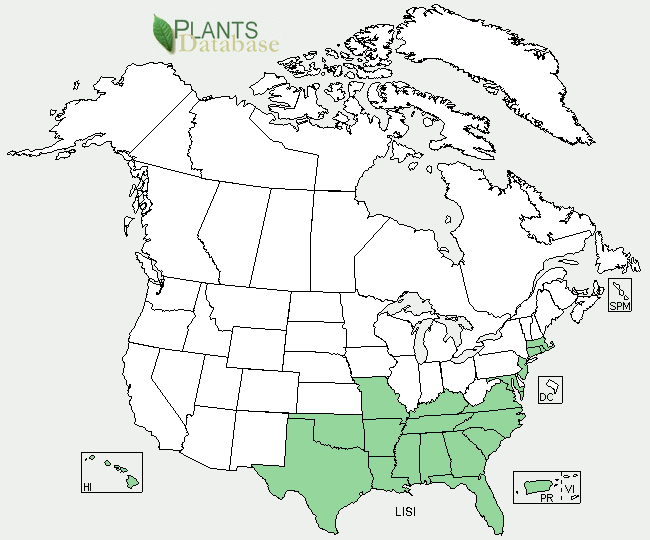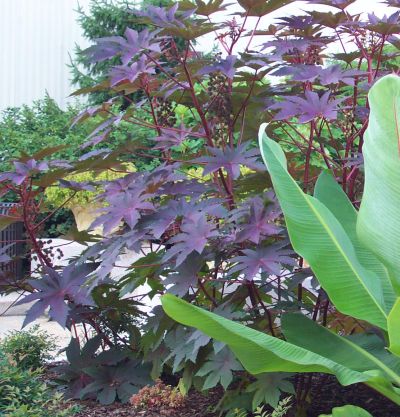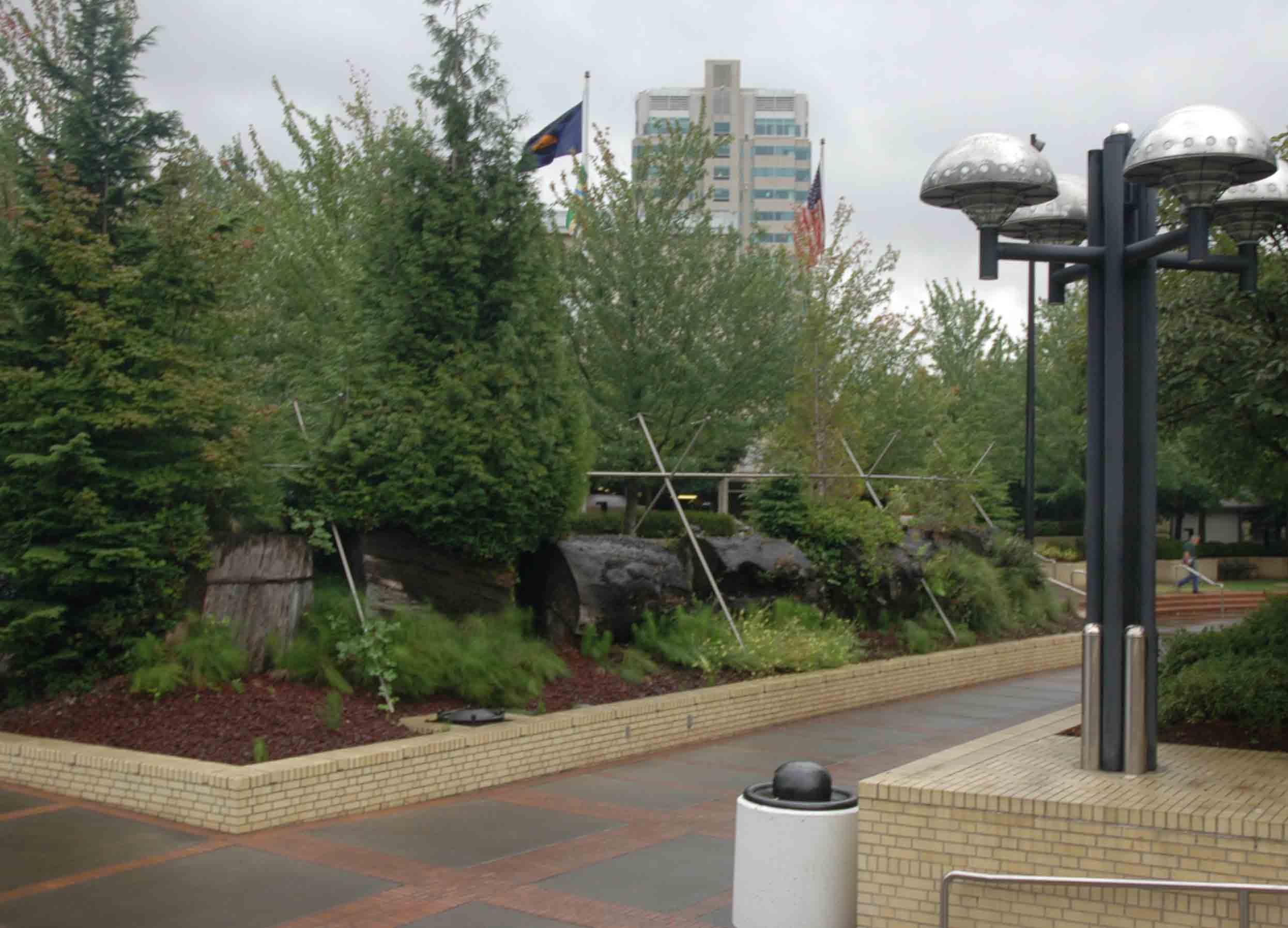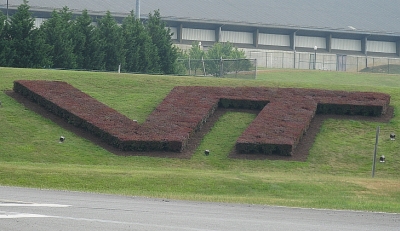Loyal reader and thoughtful commenter Ray Eckhart posted a while back (something along the lines of) wouldn’t it be nice if we could come to some agreement on all this “what’s invasive” terminology. This has been flitting in and out of my brain but has not found sufficient gray matter to come to rest. Regardless, here goes. I’ve attempted to capture these concepts in as few words as possible. My opinions in no way reflect those of the Garden Professors, blog host Washington State University, or anyone else important, for that matter.
Native. From these here parts.
Or this half/region/corner of the Continent, depending on your definition. And there are LOTS of them. We had this discussion in my Herbaceous Landscape Plants class last week. My students alone came up with 10 different definitions and/or criteria, all probably legit. I teach a plant as native if it is found east of the Mississippi (these are garden plants, it’s not a botany class). I try to describe its “nativeness” more in terms of whatever biome it came from (tall grass prairie, deciduous piedmont forest, etc.) as cue to how to best use it in the landscape. If it’s found even closer to home, I find myself describing it as “really native” which makes no sense, but I can’t seem to stop.
Alien. Not from here (wherever here is).
Is a broader term than “native” because “here” seems to refer to land masses, whether continental or island. Alien has a rather negative and even inter-planetary vibe to it. “Must…thinkofway… to… eliminate… Japanese Privet. Helpme…, Spock.”
Non-native. The kinder, gentler alien.
As in, Hosta are not going to take over the planet. Even though non-native is often used in the same breath as alien, we need it to stand on its own in this case: what do you call a Calochortus (Mariposa Lily) in Virginia? It’s not native to the east coast, but species of the genus are native to the western part of continental North America and further south. So I deem it non-native, but not alien. Maybe “mail-order” should be a category.
Exotic. An attractive but promiscuous alien.
Invasive. Aliens amuck.
Lists are created, but are unfortunately often ignored (see previous post on ligustrum). There are lots of good invasive plant definitions out there. But can native plants ever be invasive? Or are they just “vigorous” or “aggressive”? See below.
Vigorous. This has positive connotations. Holds its own in difficult situations, makes lots more of itself, can share with friends.
Aggressive. See vigorous, but cue theme to Jaws. Makes a WHOLE LOT more of itself. Can share with unsuspecting friends.
Passive-aggressive. Just when you think “I don’t know what all the fuss was about”, BAM you’re pulling out it of every nook and cranny. I can think of many examples – good fodder for a future post.
Based on these definitions, I see a few of our favorite garden natives as aggressive or passive-aggressive. You’re not sure whether to be pleased or perturbed that a delightful, wildlife-friendly native is reseeding all over your garden. Two examples right here in our campus garden: Joe Pye (Eupatorium purpureum) and Cup Plant (Silphium perfoliatum). Completely out of hand.
I am no authority on this stuff, just happy to be part of the conversation. Feel free to agree/disagree. But please be gentle; I’m suffering from a late night of watching the Hokies get splatted by Boise State (invasive Broncos).
